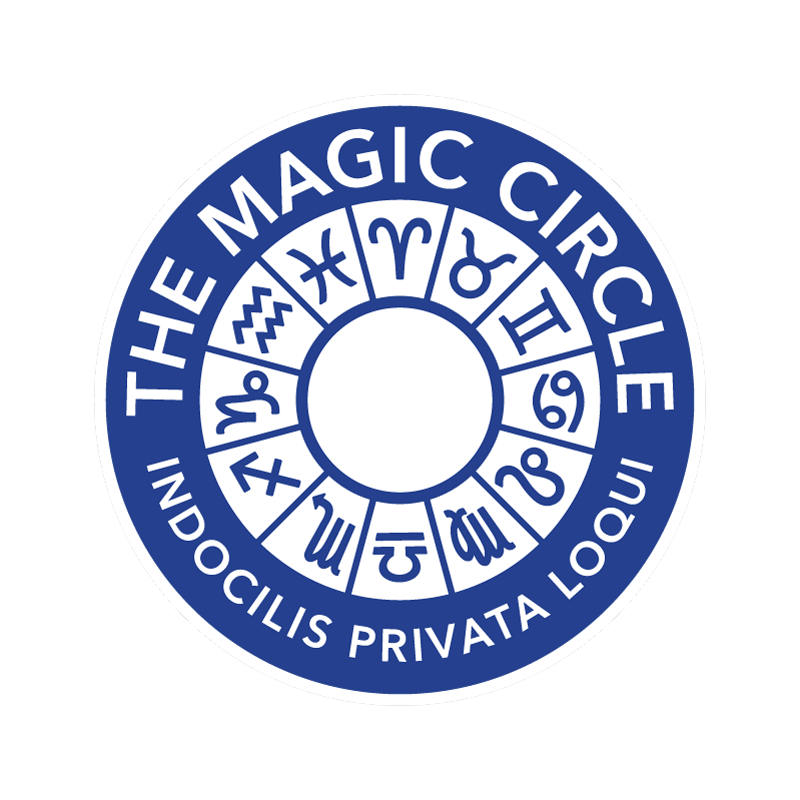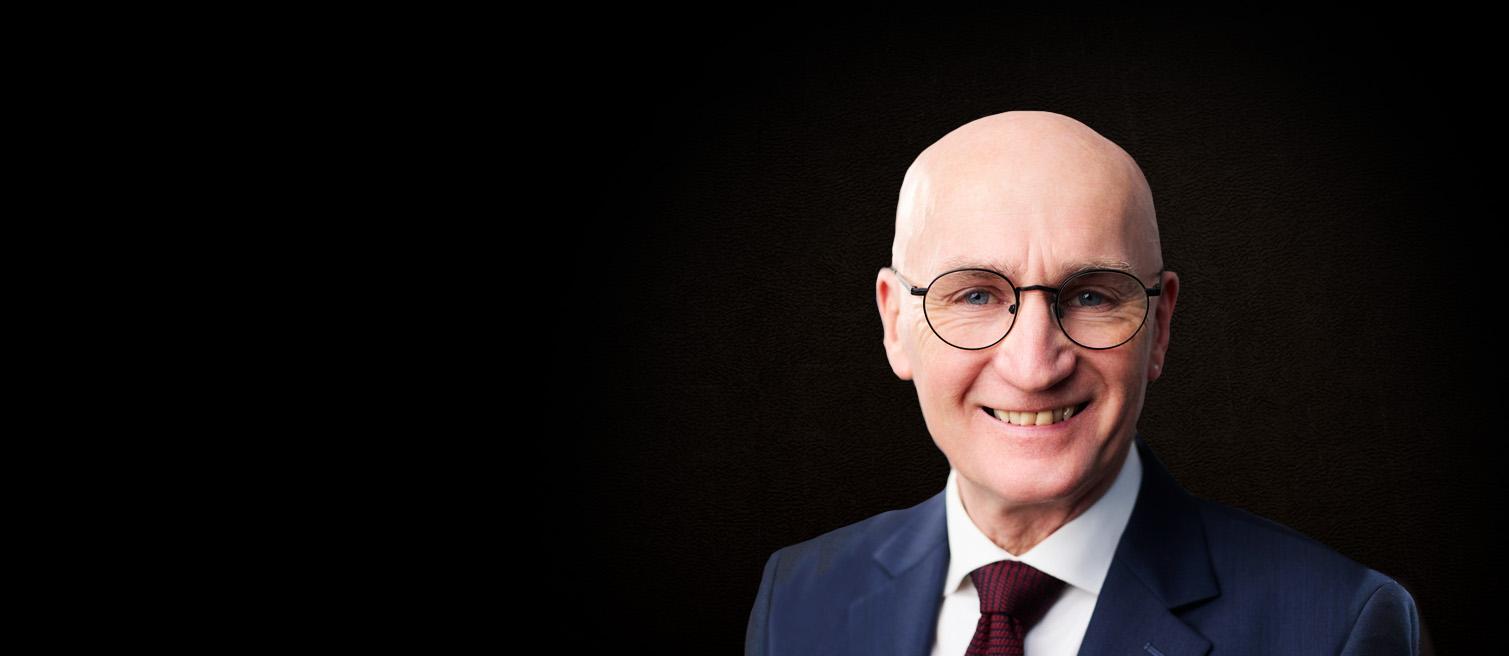Types of Magic
Magic has been captivating audiences for centuries, with its ability to transport us to a world of wonder and mystery. From street performers to grand stage productions, there are many different forms of magic that continue to amaze and entertain us. In this blog post, we will explore the various styles of magic and how they have evolved from the streets to the stage.
Close Up Magic
Close-up magic, also known as micro-magic or table magic, is a form of illusion that is performed in an intimate setting, such as a small table or group of people. This type of magic relies heavily on sleight of hand and misdirection, as the audience is in close proximity to the magician.
Close-up magic is often performed at events such as weddings, parties, and corporate functions. It is a great way to engage and entertain a small group of people.
Magicians like David Blaine and Justin Willman have popularised this form of magic, showcasing their skills with everyday objects like cards, coins, and even smartphones.

Photography by Darren Robinson
Street Magic
Street magic is perhaps the most well-known and oldest form of magic. It originated in ancient times when magicians would perform tricks on the streets to entertain and earn a living. Today, street magic has evolved into a popular form of entertainment, with performers like Dynamo and Criss Angel wowing audiences with their close-up magic and illusions.
Street magic is known for its intimate and interactive nature, as performers often engage with their audience up close.
Street magic has gained popularity in recent years, with the rise of social media and viral videos. This type of magic is known for its raw and spontaneous nature, as the magician must adapt to their surroundings and the audience.
Mentalism
Mentalism is a form of magic that focuses on the power of the mind. Magicians who specialise in this style of magic use techniques such as mind reading, prediction, and telepathy to create the illusion of having supernatural abilities.
Mentalism has gained popularity in recent years, with performers like Derren Brown and Lior Suchard showcasing their incredible skills on stage and television.

Photography by Darren Robinson
Stage Magic
Stage magic is a form of magic that is performed on a large stage in front of a large audience. This style of magic often involves elaborate props, sets, and illusions that are designed to wow and amaze the audience. Stage magic has been popularized by famous magicians such as David Copperfield and Penn & Teller.
This style of magic requires a high level of skill and showmanship, as performers must engage and entertain a large audience from a distance.
Card Magic
Card magic, also known as cardistry (the art of card flourishing), is a type of magic that involves manipulating playing cards to create illusions and tricks. These tricks often involve sleight of hand and misdirection, and can be performed with a regular deck of cards or specially designed trick decks.
This type of magic requires a high level of skill and dexterity, as well as a deep understanding of card mechanics and sleight of hand.
Card tricks are a great way to engage and entertain a small group of people, making them a popular choice for street magicians. They also require a great deal of skill and practice, making them a staple in the world of magic.

Escapology
Escapology is the art of escaping from restraints or dangerous situations. This form of magic has been popularised by famous escape artists such as Harry Houdini and David Blaine.
Escapologists use a combination of physical strength, flexibility, and mental focus to perform seemingly impossible escapes. These stunts often involve being bound in chains, handcuffs, or straitjackets and escaping from them in a matter of seconds.
Parlor Magic
Parlor magic is a style of magic that bridges the gap between close-up and stage magic. It is usually performed for small to medium-sized audiences in an intimate setting such as a living room or parlor. It is more intimate than stage magic because it does not require expensive, large-scale stage equipment and can therefore be performed closer to the audience and without a stage. This type of magic often involves storytelling and audience participation, and is meant to create a sense of wonder and mystery.

Children’s Magic
Specifically designed for entertaining children, this type of magic is characterised by colorful props, simple but engaging tricks, and a high level of audience interaction, often with an educational component.

Illusionism
Magicians who create illusions using special effects are known as illusionists. These might be illusions of the senses, like making things disappear, or illusions of the mind, like predicting the future. Illusionists tricks might include making objects or people disappear, levitate, or change form. Penn and Teller are probably the most famous illusionists of our time.
Comedy Magic
Comedy magic combines the elements of magic and comedy to create a unique and entertaining experience for the audience. This style of magic often involves humorous and lighthearted tricks and illusions, with the magician using comedy to engage and entertain the audience. Magicians like Tommy Cooper, Paul Daniels, Mac King and Piff the Magic Dragon have become well-known for their comedic magic performances, bringing laughter and wonder to their audiences.

The world of magic is as varied as it is fascinating. Each type of magic offers a unique experience, captivating audiences in different ways. Whether it’s the personal touch of close-up magic, the grand spectacle of stage illusions, or the psychological intrigue of mentalism, magic has something for everyone.
If you would like to hire a magician for your wedding, party or event, why not contact Magic Frank for a free no-obligation quote. Frank specialise in close-up magic, sleight of hand and mentalism in Manchester.
Magic Frank 🎩✨



You must be logged in to post a comment.